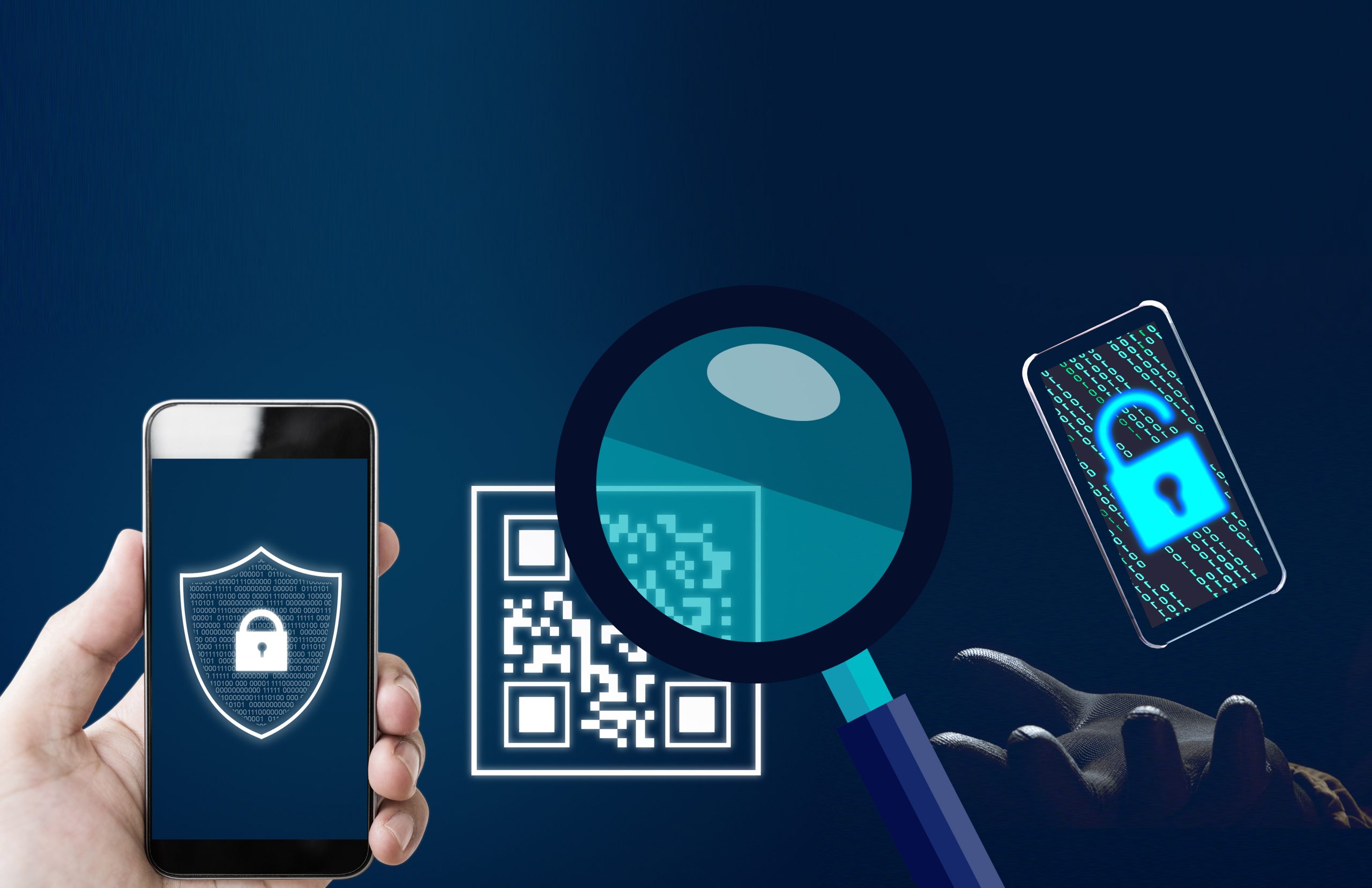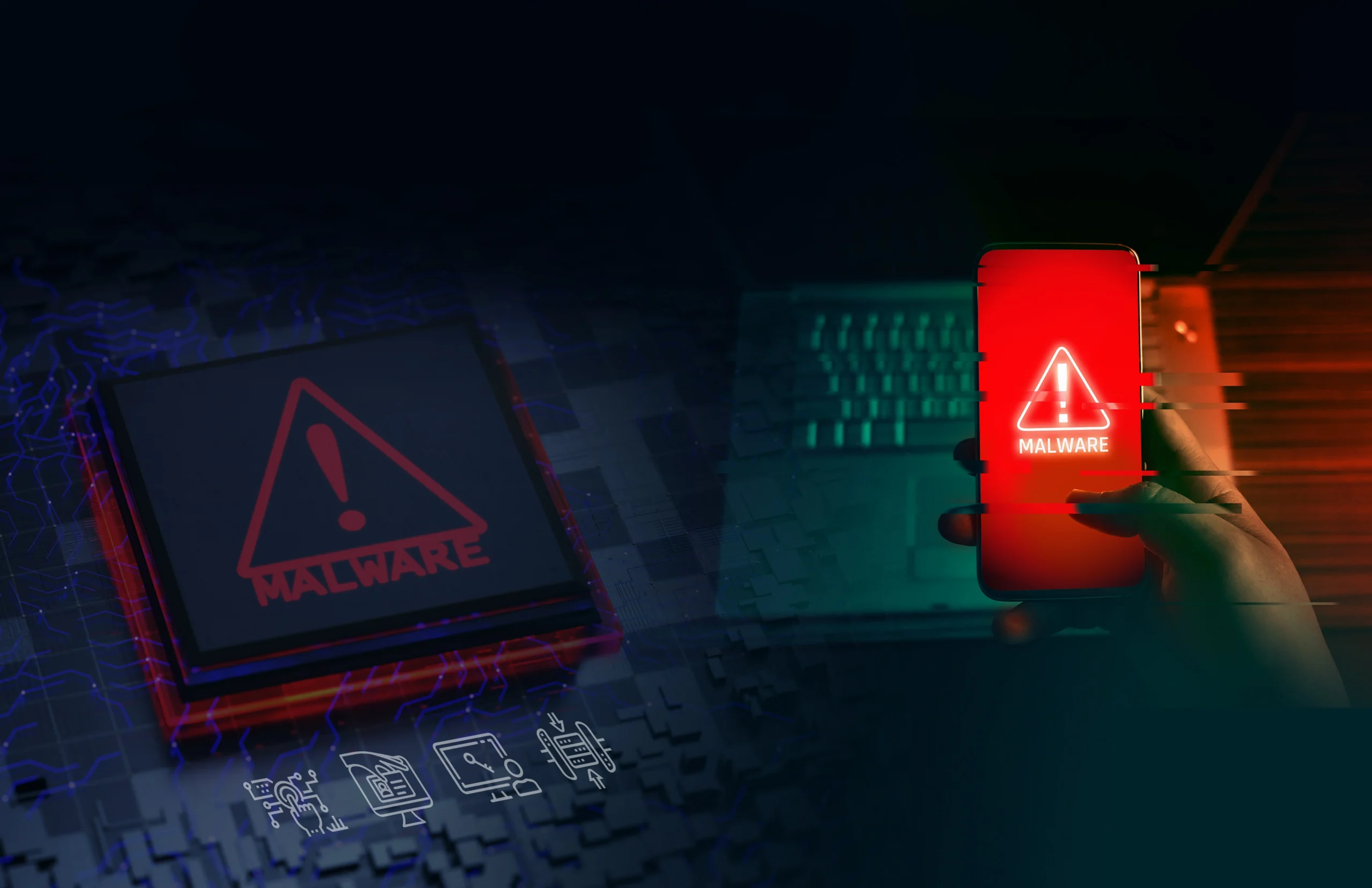
Predictive AI & How It Is Used in Cybersecurity
Individuals and businesses have undoubtedly reaped numerous undeniable benefits from the advancement and evolution of technology. However, it has come with a significant disadvantage: an increase in cybercrime, cyberattacks, and malware infections, facilitated by the ever-increasing attack surface.The expansion of the network perimeter poses a significant problem, particularly for high-level business operations that need to consistently monitor hundreds of layers of code and security events to guard against intrusions. This task surpasses human capabilities and therefore requires a more efficient solution.














